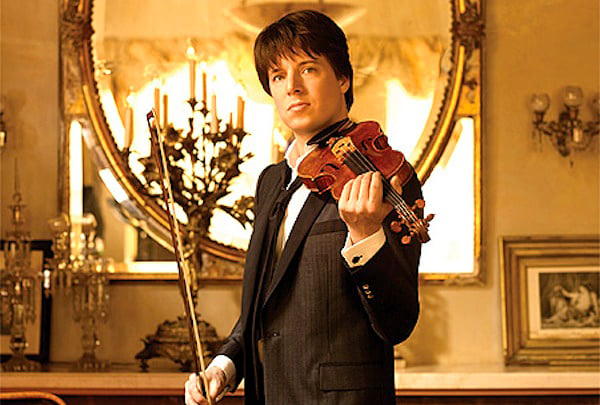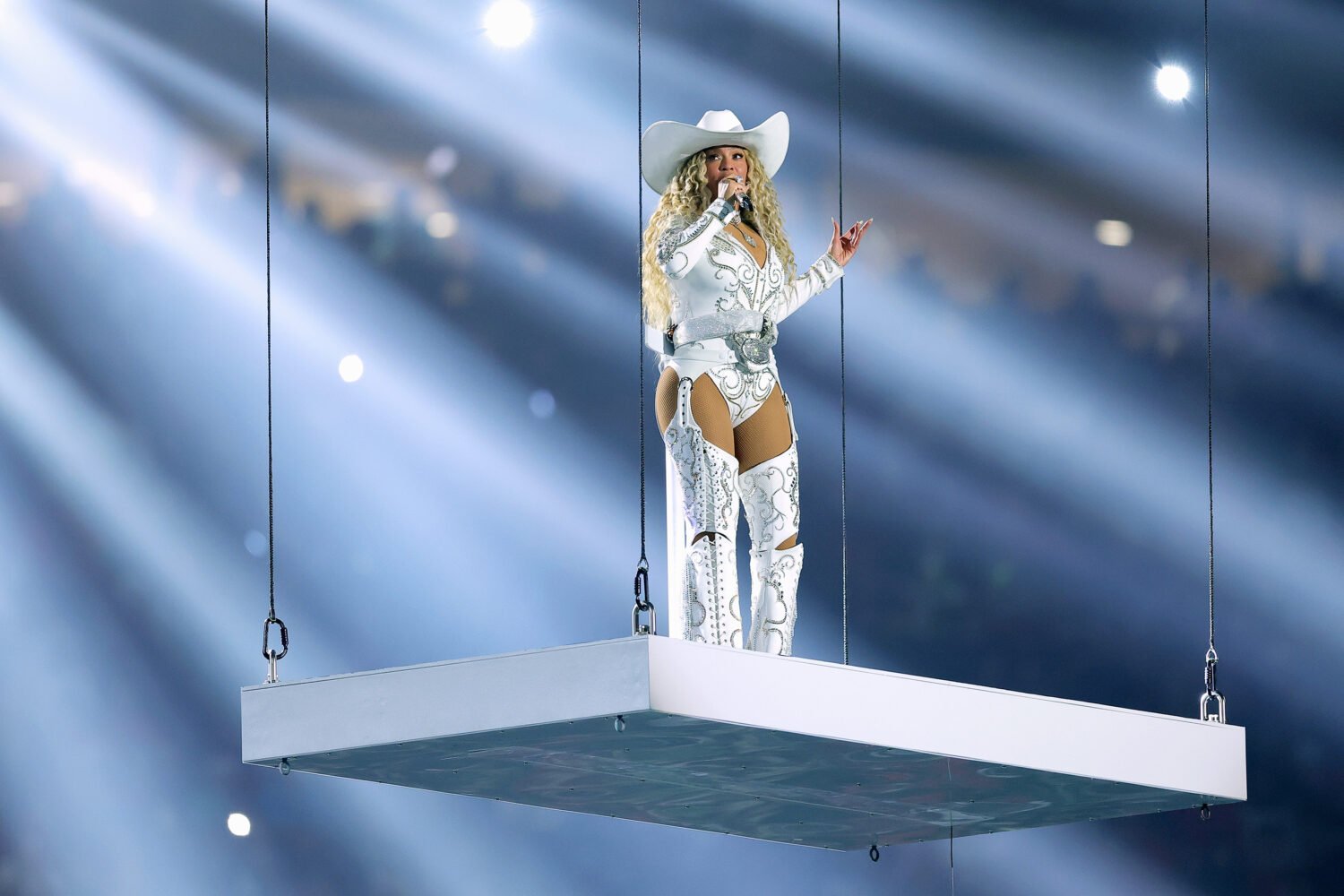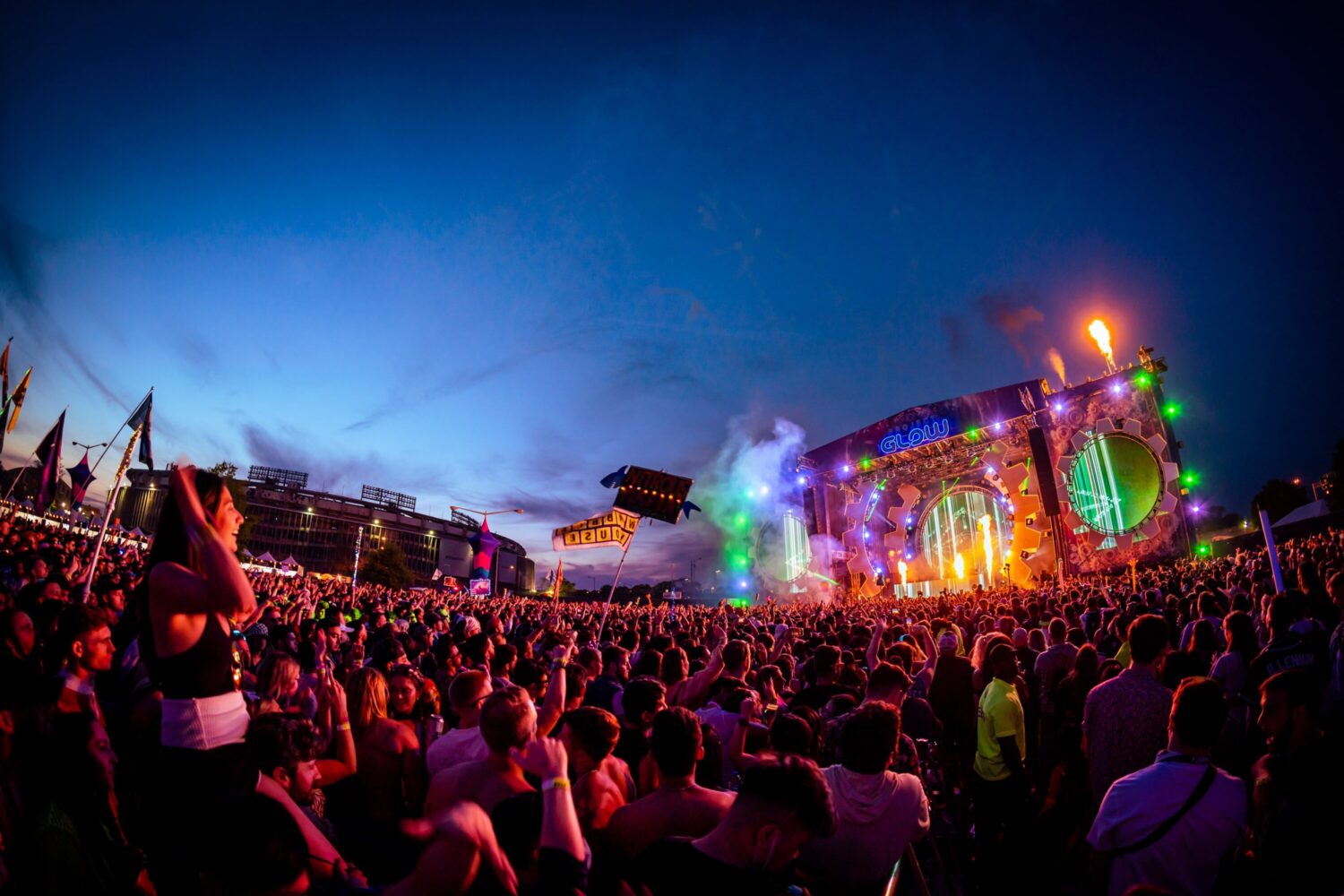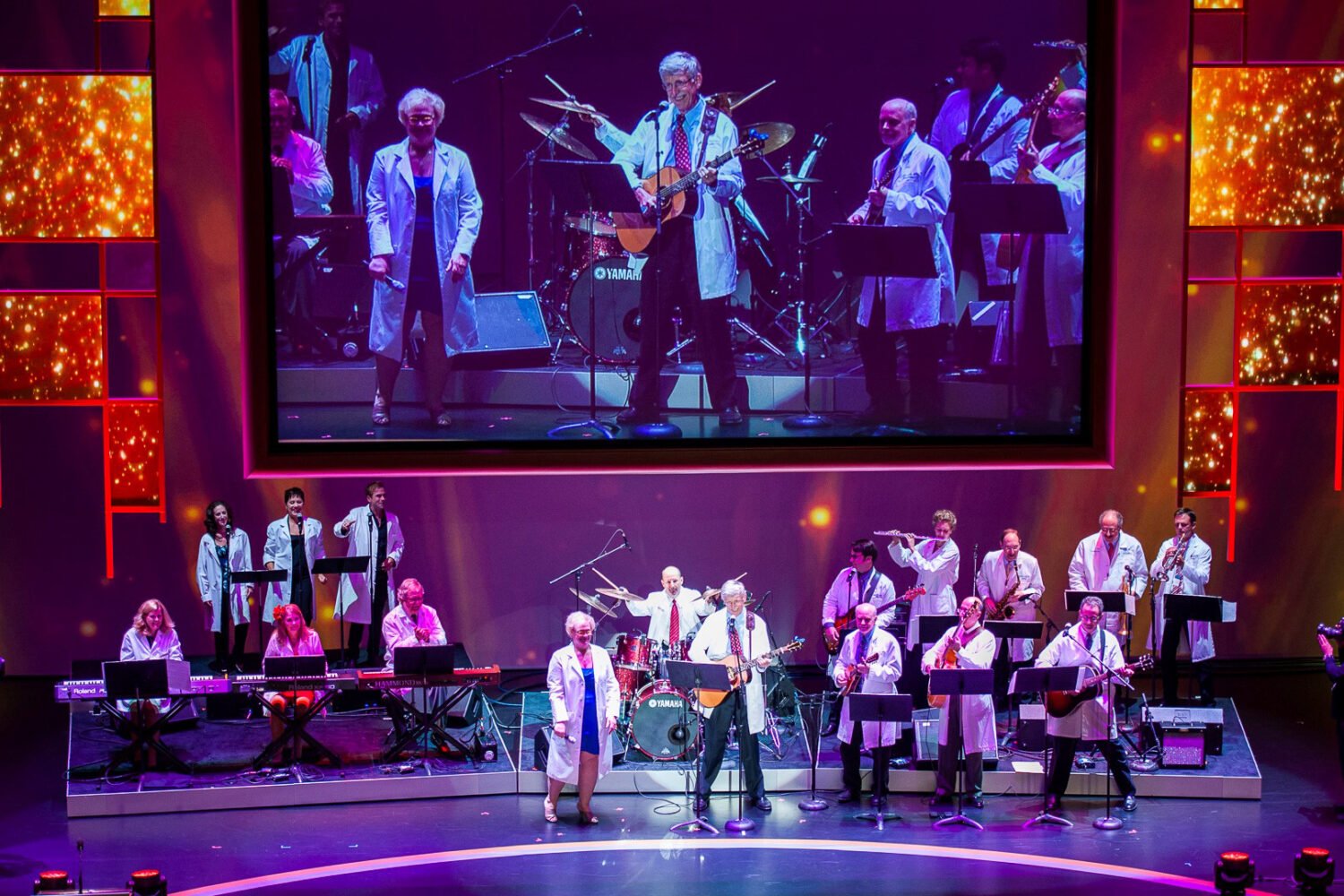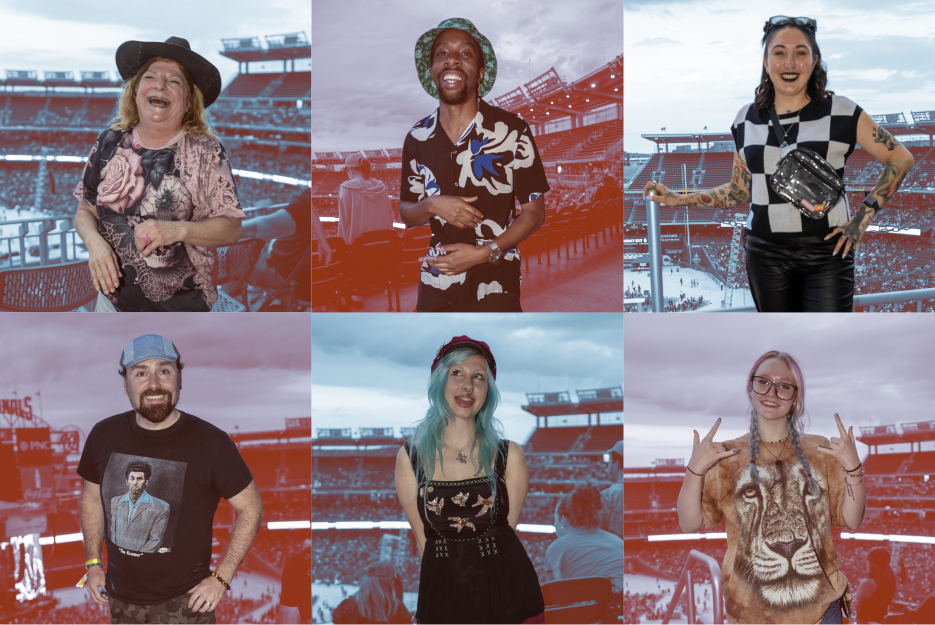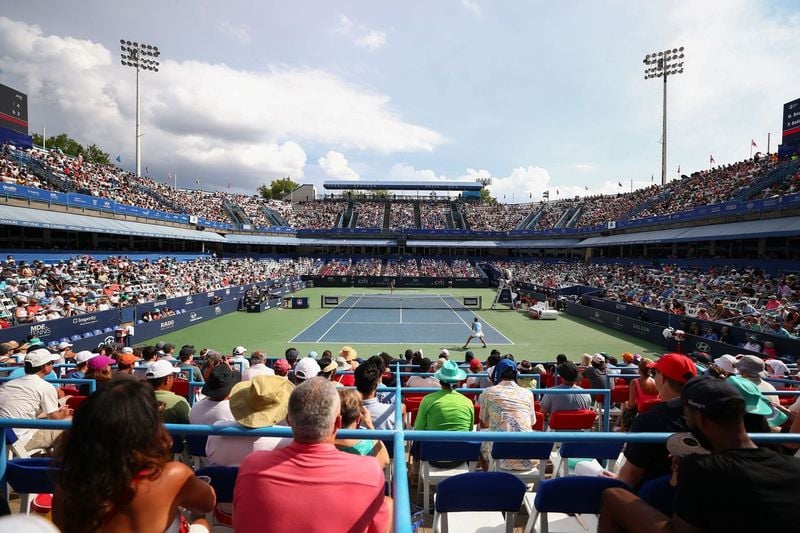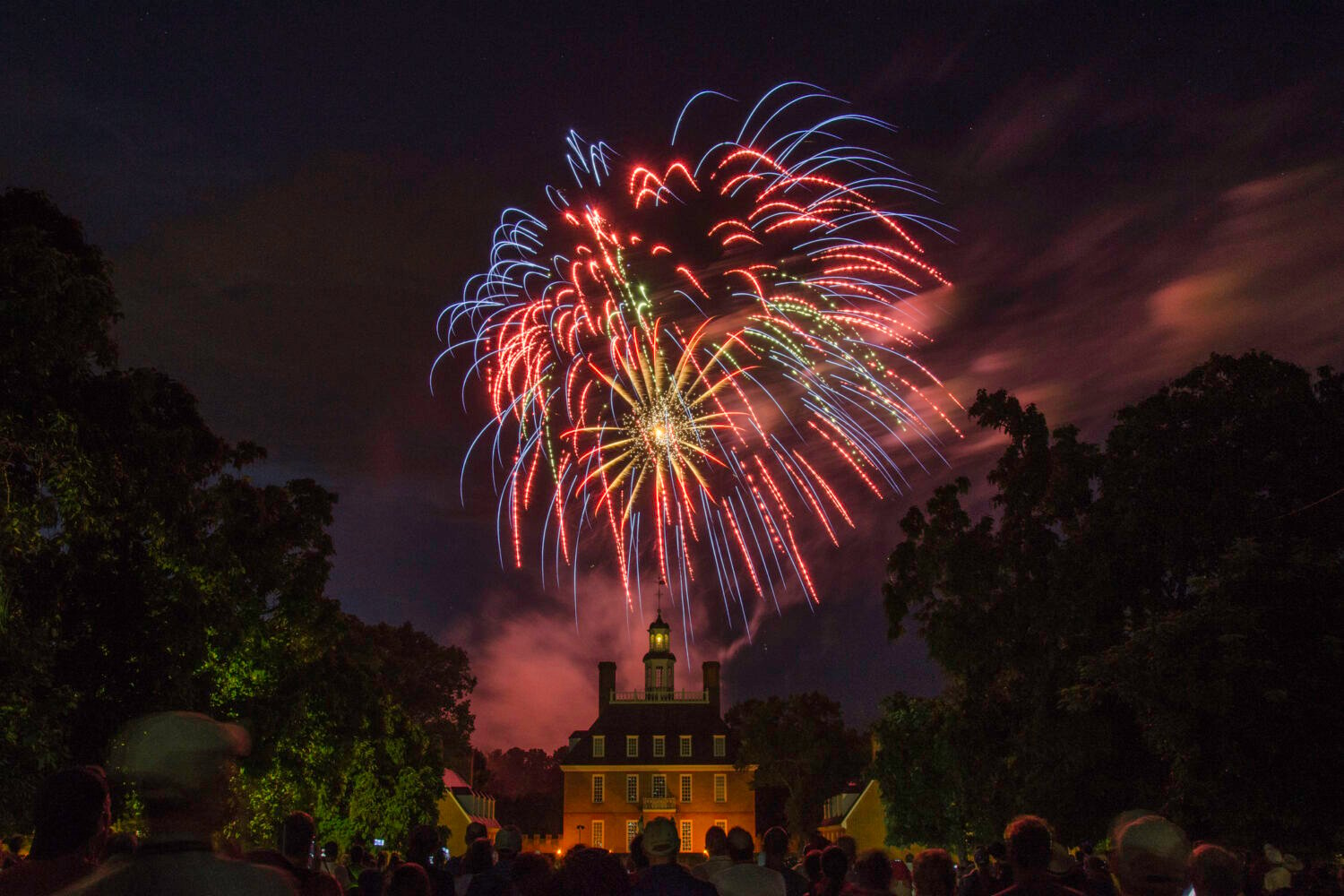Violinist Joshua Bell was one of the stars who graced the National Symphony Orchestra season opener. Photograph courtesy Sony BMG Masterworks
In cultural terms, the bad economic climate has spared Washington, which has lost neither its opera company nor its most important local orchestra, both now permanently associated with the Kennedy Center. The National Symphony Orchestra, in fact, ended up with a new music director, Christoph Eschenbach, who led a remarkably good debut season last year. The continued generosity of local patrons of the arts has made possible the extension of Eschenbach’s contract with the NSO, for two more years, at least through the 2014-15 season. David Rubinstein, the chairman of the Kennedy Center, has also donated a large sum of money to purchase and install a new theater organ in the Kennedy Center Concert Hall. The old organ, one of the most notoriously bad and unreliable instruments in the city, will be replaced some time next year. Both of these announcements were the centerpiece of Sunday night’s NSO season-opening gala performance, in celebration of both the NSO’s 80th anniversary and the 40th anniversary of the Kennedy Center.
Musical stars were on hand to mark the event and dazzle the high-powered audience. The evening started with violinist Joshua Bell, who played the latest of umpteen performances of Max Bruch’s jewel-like first violin concerto. (This past week alone, he has performed the piece at season openers and gala performances in Colorado and Dallas, all part of the jet-setting schedule of a performer at Bell’s level.) It’s a piece of angelic sweetness, Bell’s specialty. He excelled at the tender themes of the first and second movements, drawing them out with an attention to arching line and purity of intonation and tone color. At the podium, Eschenbach kept the level of the orchestra carefully calibrated to Bell’s sound, never covering him, but also giving a much-needed energy boost to the fast concluding movement. Gasps of excitement filled the auditorium when Bell announced that he would play one of his most famous encores, the “Meditation” from Massenet’s Thaïs. The piece is a syrupy concoction that is played so often and so poorly—not here. Bell gave a performance that was light on the sugar but filled with a tender nostalgia.
The second-star soloist, baritone Thomas Hampson, perhaps miscalculated slightly by singing a set of Old American songs by Aaron Copland. These are funny pieces with their own delights, most of which were not captured by Hampson’s performance, which was heavy handed on the “olde-tyme” accent and affectations but missing the simplicity the pieces need. Eschenbach’s conducting did not fall as easily into place on this performance, either, as tempo incongruities between soloist and orchestra abounded. This happened especially as the pace was quickened or slowed, often in a somewhat willful way by Hampson. No matter that the audience’s ovation was not as grand as it could have been, Hampson offered two encores: another Copland song (“I Bought Me a Cat,” complete with hilarious animal sounds) and an aria from Leonard Bernstein’s On the Town.
Opening and closing pieces on the program offered the NSO a chance to open up the throttle, with lots of madcap cascades of notes in Dvořák’s Carnival Overture. Eschenbach gave the fast outer sections a frenetic pace, really putting the orchestra through its paces: All sections sounded in athletic shape, with the possible exception of some slightly ill-coordinated violin runs. The horns and woodwinds had a smooth, polished sound in the soft pastoral middle section. Only at this kind of gala performance does the programming of an overplayed piece like Ravel’s Boléro ring true. Eschenbach gave the smallest of gestures to start the work on its inexorable march—really, the piece is nothing more than an extended crescendo, of volume and orchestration—then he stood there like a statue, giving almost no cues visible to the audience, until close to the end.
This was little more than a stunt, as fun as it was to watch. The gesture, or lack thereof, makes several points: that the piece is so simple it plays itself, that most of the musicians could play it blindfolded, and that, as in Fellini’s film Orchestra Rehearsal, the conductor here is little more than a glorified metronome. Little matter that there were moments of ensemble lapse, where the NSO could clearly have used a clear beat from the podium because this was more theater than concert.
The NSO’s regular season starts later this week, in concerts on September 29 to October 1, with guest conductor Rafael Frühbeck de Burgos leading performances of Beethoven’s eighth symphony and Carl Orff’s (again, over-performed) Carmina Burana. More on that this Friday.

